When The Bullvine mentions genomic testing to production oriented breeders, we frequently get the reaction “Oh, that’s just for herds that sell high priced animals. I focus on running a profitable milking operation. I don’t need to spend money on testing my animals.” Well, in fact, that is not an accurate assessment of the benefits available from using this tool at the present time. If you are among those not using genomics, Stop Procrastinating! It is a tool that everyone breeding their herd to improve it genetically should not be without.
Only Very Moderate Uptake – So Far
Currently, there is an 8% uptake of genomic testing of all Holstein heifer calves. The total is less in other breeds. We have barely scratched the surface. Half a century ago, official milk recording was at the same low level. Today it is recognized as a much-needed toll both on-farm and in the national herd. Obviously the question that breeders need answers to is ‘How will I benefit from genomic testing all my heifer calves?’
Known Benefits
Much has been written about benefits and opportunities available to breeders who are submitting samples for DNA testing. Those range from selecting the best mates for your females, … to parentage verification, … to how to manage your heifer herd, … to deciding which heifers to breed and which ones to cull or implant, … to polled or not polled, …to finding the genetic outlier of an individual mating, …to an aid in marketing heifers in sales.
Just recently Holstein USA and Zetas launched an exciting service called Enlight. Breeders that submit their samples to Zoetis can through Holstein USA’s website summarize and analyze their heifers for their genetic qualities. This is the first, and no doubt other breeds will establish similar services in the future. Breeding to get the genetics that work best for you and then managing them in the best way possible is definitely important.
At the industry level, genomic testing has also proven beneficial. Alta Genetics, a few years ago, working with large herds in the USA, parentage verified all young sire daughters. It was a significant step forward in accuracy of sire proofs so they could guarantee their product to their customers. Companies like Zoetis and Neogen initiated genomic testing services so they could help producers and also as complementary to their other products. A.I companies have been able to restrict their young sires sampled to only top genomically evaluated young sires, thereby saving millions for themselves by not sampling the bottom enders and millions for breeders that did not have to raise, calve in and milk the lower genetic merit daughters of the bottom end bulls. All of these benefits are leading to cost savings in the hundreds of millions of dollars.
However six years into using genomics we are only starting to reap the rewards.
Genomics Will Make the Future Brighter
Breeders often mention that they want sires to use and females in their herd that are superior to what is available today for traits that are difficult or impossible to measure. Here are some thoughts and facts that may help breeders to decide to use genomic testing so they can have animals that are even more profitable than their herd is today. It does however require that genomic testing becomes routine (Read more: Why 84% of Dairy Breeders Will Soon Be Using Genomic Sires!).
Heifers:
Investigation, at the farm level, is being done in beef heifers on growth rates, diets tailored to genotype, immunity to common diseases and age at first estrus. The results of those studies will be able to be applied to dairy heifers since little similar research is being conducted for dairy heifers. Already breeders can test for the genetically inferior heifers, so they do not need to be raised. Up to $500 per heifer in rearing cost could be saved by having the retained heifers calving by 22 months of age. Remember that it is age at first estrus that is important, for which we have very limited farm data. First breeding depends on a breeding actually occurring. With heifers genotyped and selected for first estrus significant savings will be possible.
Feed Efficiency:
Two major research projects, one in USA and The Netherlands and one in Australia and New Zealand, will identify the cows that are genetically more efficient at converting their feed to milk. Within a couple of years, we can expect to see reports relating genomic information to feed efficiency. This type of research is costly and not currently practical at the farm level, but using research herds this investigation is well underway. Reducing feed costs by 5-10% through genetic selection would result in many millions in savings. That is likely to be crucial to the dairy cattle breeding industry as dairy competes to feed a hungry world. (Read more: Feed Efficiency: The Money Saver and 15 Strength Sires That Will Still Fit In Your Stalls)
Inbreeding:
CDCB already makes available the inbreeding level of genomically tested animals based on their genomic results. No doubt further research results will provide numbers associated with inbreeding. Think about it. In the past the inbreeding level for two full sisters, based on pedigree, has been considered the same. However, by using their genomic profiles the level of inbreeding can be much more accurately known for each sister. A recent report from CDN, for the time period 2010 to 2013, shows that inbreeding rates are increasing not decreasing. Even though breeders are aware that inbreeding is a negative to future profit, they continue using fewer sire lines. More in-depth study of presence or absence of genes that negatively affect the viability of our cattle take time. Why do we always expect someone else to take responsibility for the level and rates of inbreeding? (Read more: 6 Steps to Understanding & Managing Inbreeding in Your Herd and Stop Talking About Inbreeding…)
Disease Resistance:
The list is long on diseases that breeders want their animals to be resistant to. Many research projects are underway to relate the genotype to particular types of mastitis, respiratory diseases, wasting diseases and even production limiting diseases like milk fever. CDN and Canadian milk recording agencies have been capturing field data for a number of years now on eight production limiting diseases. In time, the relationships between genetic lines and these diseases will be better-known. So that selection can be carried out to avoid problem bloodlines. When more animals are genomically tested, and bloodlines prone to diseases are identified great steps forward will be able to be made. It takes considerably more than 8% of the population genomically tested to move breeding for disease resistance to reality. (Read more: Genomics – Opportunity is Knocking)
Reproduction:
Failure to get animals to show good heats, to produce good oocytes and conceive when bred is the leading frustration on most dairy farms. The role that genetics plays in that frustration is now receiving attention by many researchers and organizations. In the past, the capturing of useful data to do genetic analysis relative to reproduction has been a significant problem. The relating of genomic results to reproduction holds out considerable hope. Early embryonic death, haplotypes that negatively impact reproduction, genetic difference between animals for cystic ovaries and many more are all areas of concern for breeders. Once again both genomic and on-farm data are needed to move forward. (Read more: 10 things dairies with great reproduction do right and Are Your Genetics Wasting Feed and Labor?)
Misconception:
I hear breeders say “Genomic indexes are just like production indexes.” However, that is not so. There are genomic indexes for production traits, conformation traits and management traits. Genomics is a dynamic science. It is best if breeders know not only the genomic values for the animals currently in their herds but also their ancestors. To build the genomic history for a herd necessitates that testing start as soon as possible. Genomics is a tool every breeder will benefit from using no matter what their selection goals are. (Read more: Better Decision Making by Using Technology and FACT VS. FANTASY: A Realistic Approach to Sire Selection)
In Another World
Outside the world of dairy cattle but totally related to DNA analysis, there is a study just under way in the United Kingdom, where 100,000 people with cancer or rare diseases are being genotyped to better understand people’s ability to avoid or resist cancer and disease. One of the terms used in the news release was that before there was DNA profiling this work would not have been possible. Relating that back to dairy cattle, if we do not have the DNA information for animals we will be limited in our ability to eliminate deleterious genes from our cattle.
Will Genomic Testing Pay?
The question for breeders appears to have been one of cost – benefit. “What will I get for the fifty dollar cost of doing a low-density test?” The fact is that, to date, milk producers have not taken the opportunity for more rapid genetic advancement by testing all their heifers. However, the tide is about to change. With new information coming out almost weekly on how the genetic (aka genomic) make-up of an animal relates to profitability, breeders without genomic information on their herd will not be in a position to know which sires to use or how to manage or feed their animals. Genomic testing needs to be viewed as an investment rather than a cost. Invest $50 shortly after birth to save hundreds over the cow’s lifetime.
The Bullvine Bottom Line
Every journey requires that a first step be taken. The first step is that breeders submit samples for DNA analysis. Every breeder will benefit by knowing the genomics of their herd. No doubt the cost of testing will come down as more breeders participate. Future success in dairying will require genomic testing, just as current success depends on capturing and using performance information. Are you prepared for using genomic information to assist in creating your future success in dairying?
Not sure what all this hype about genomics is all about?
Want to learn what it is and what it means to your breeding program?








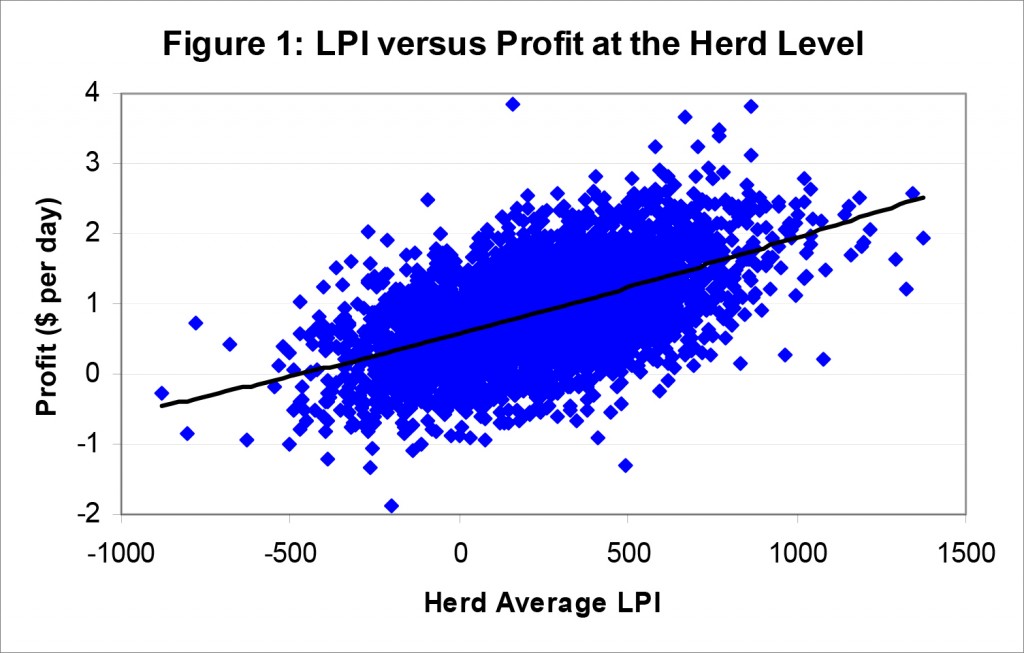

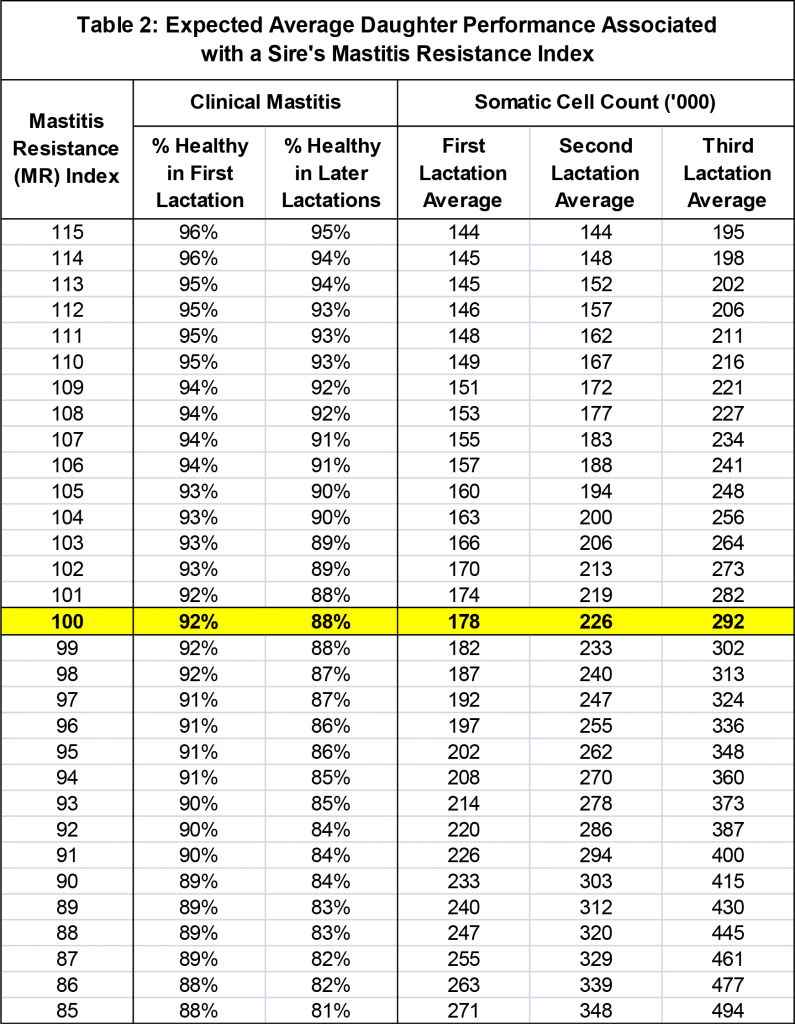
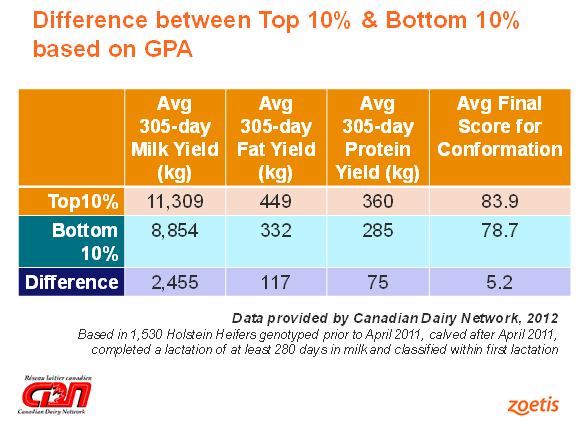
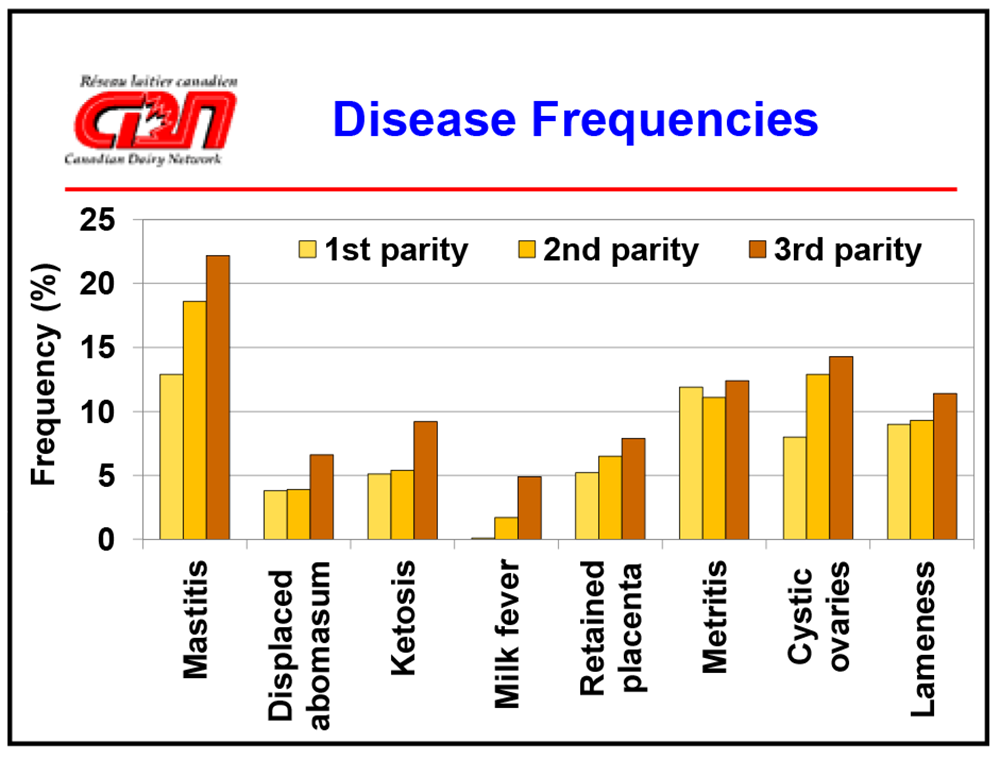
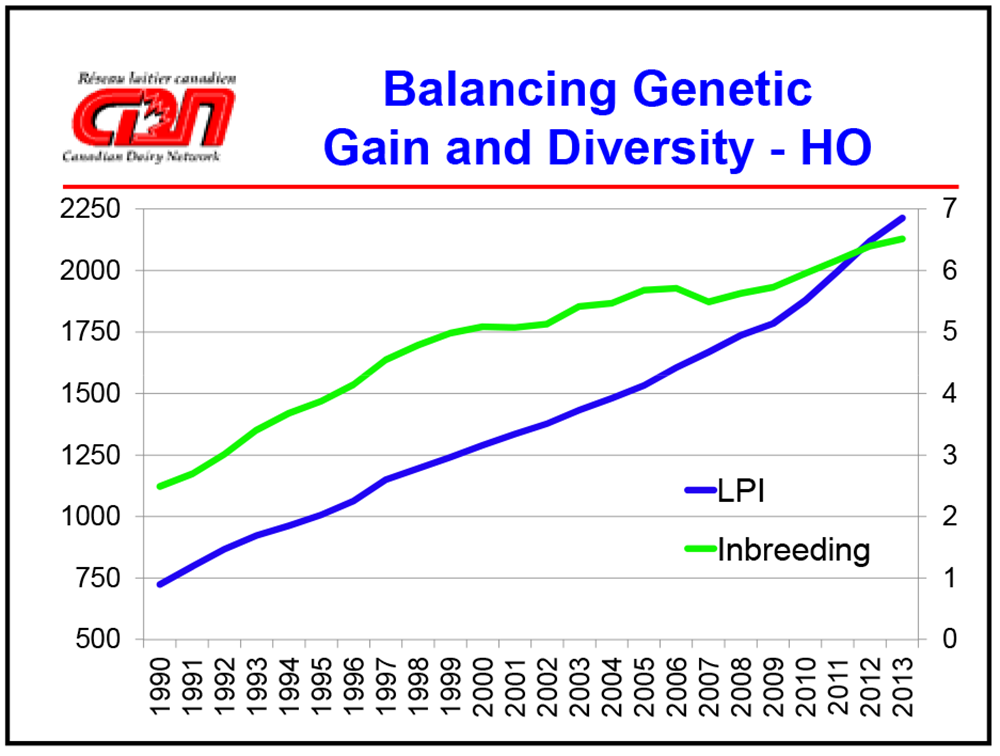
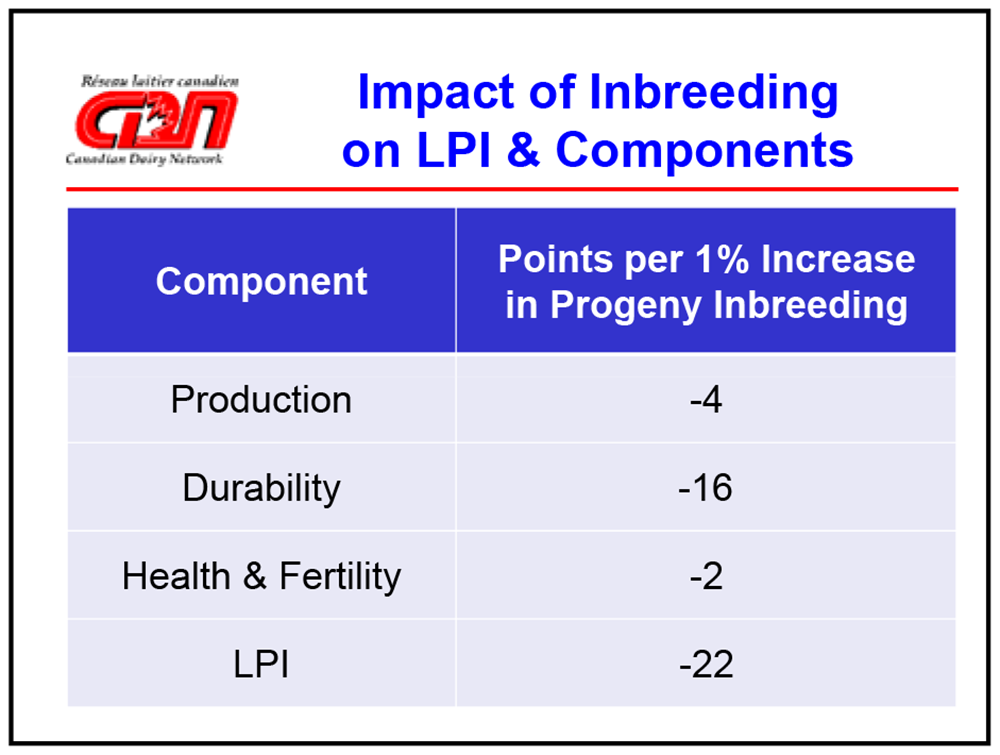
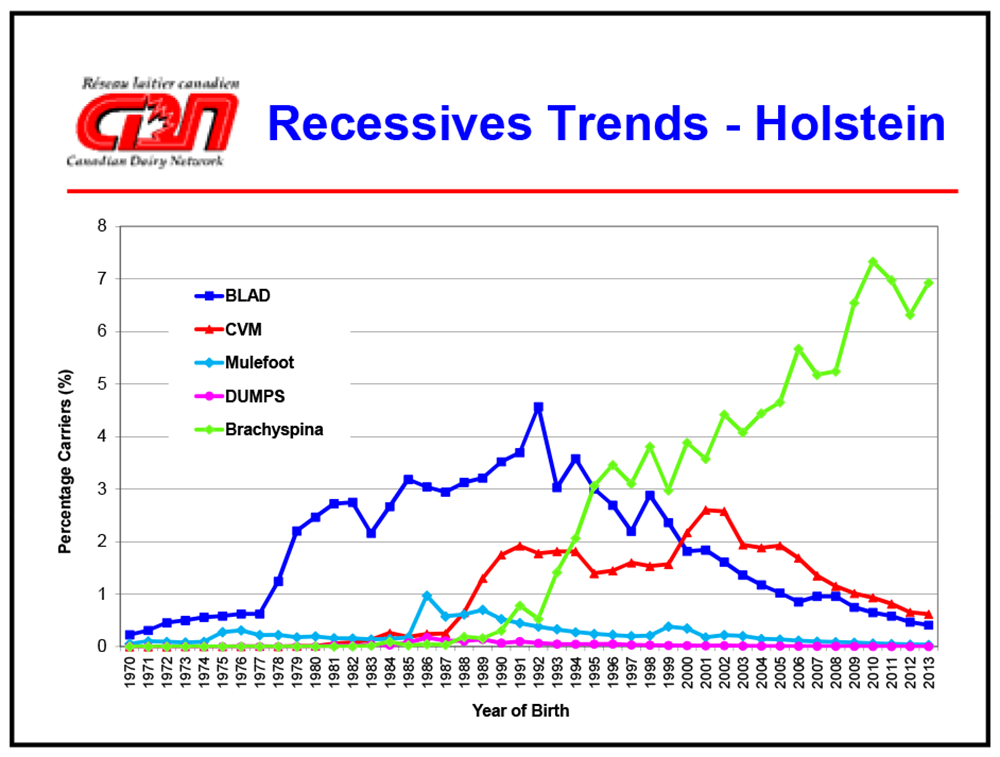
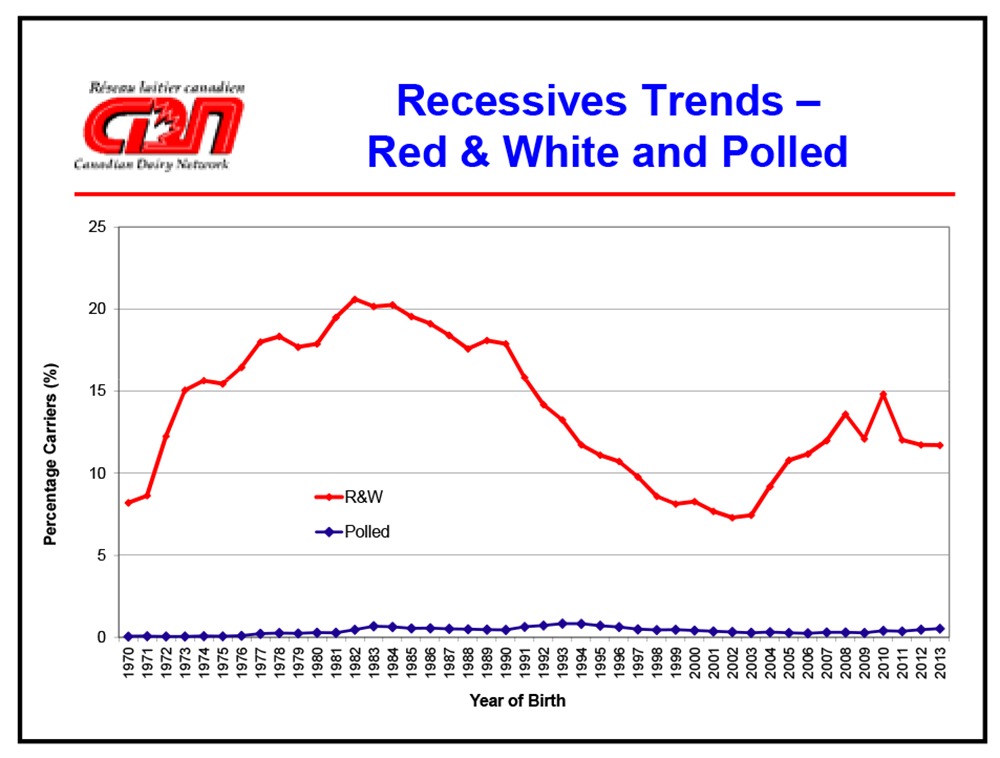
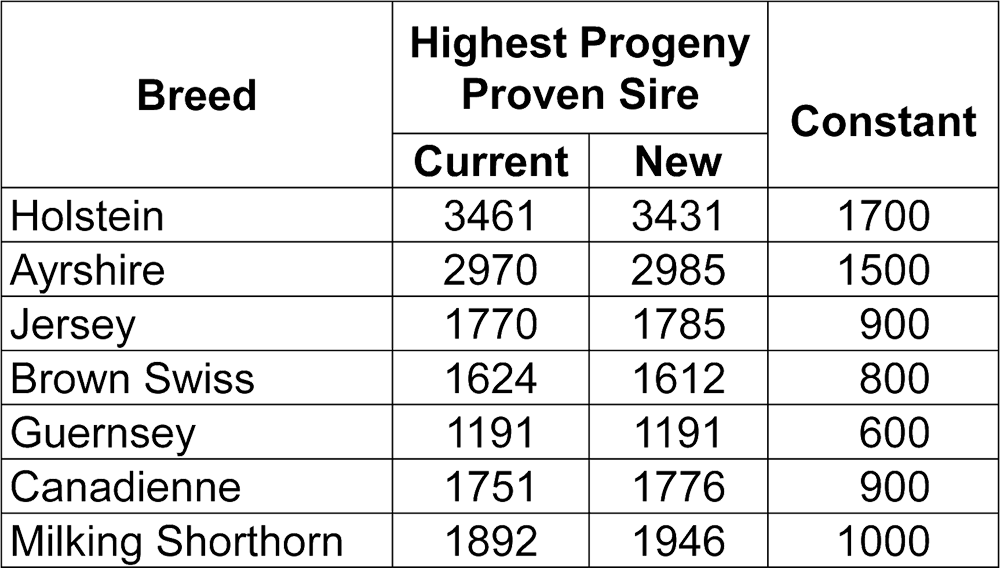
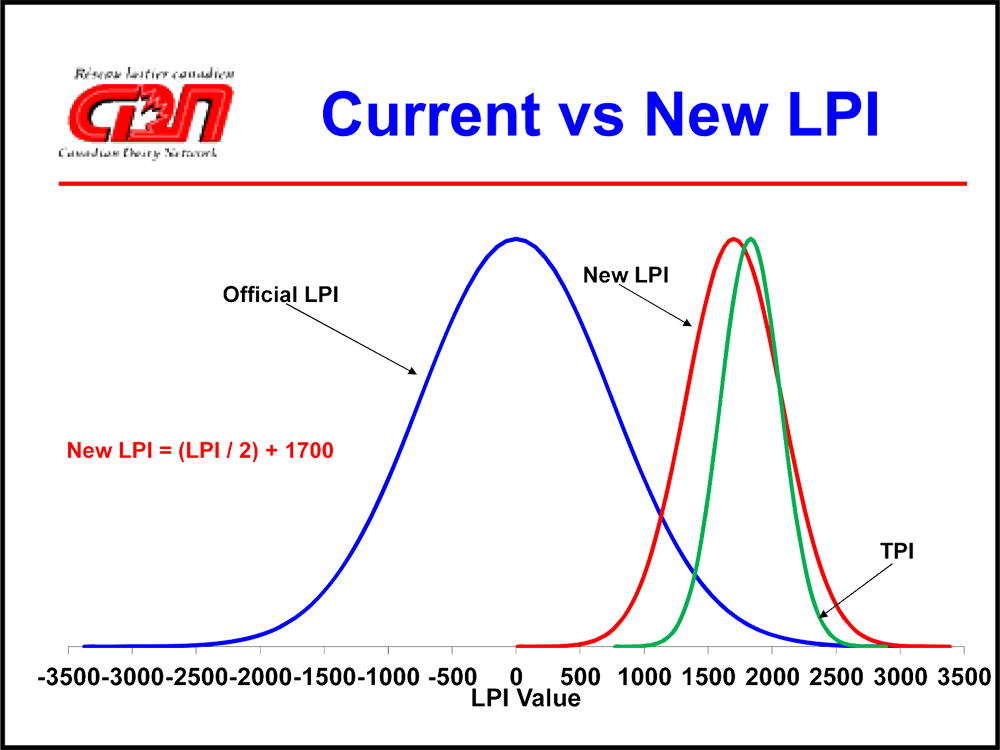
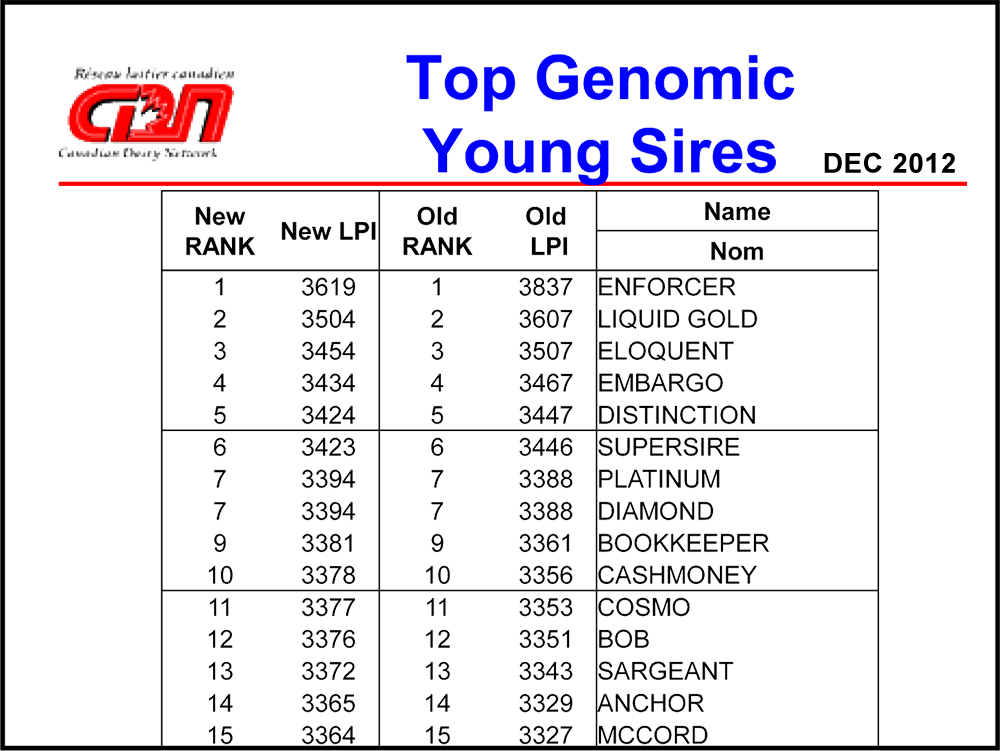
![logo_cdn2_0[2]](https://www.thebullvine.com/wp-content/uploads/2013/03/logo_cdn2_02.gif)





